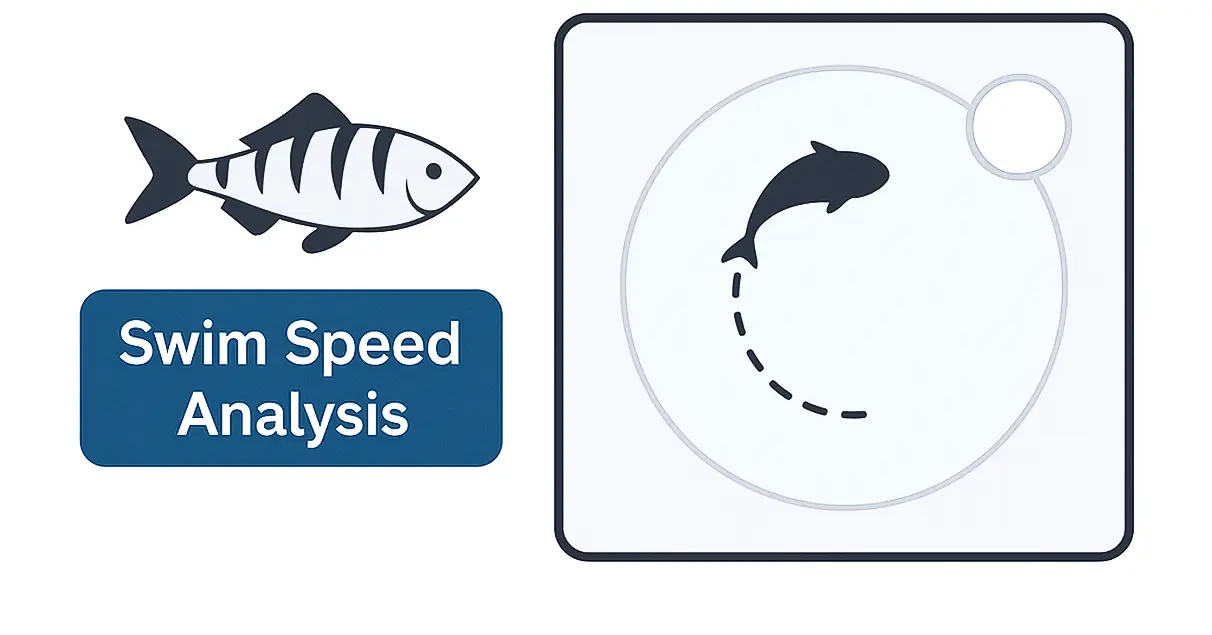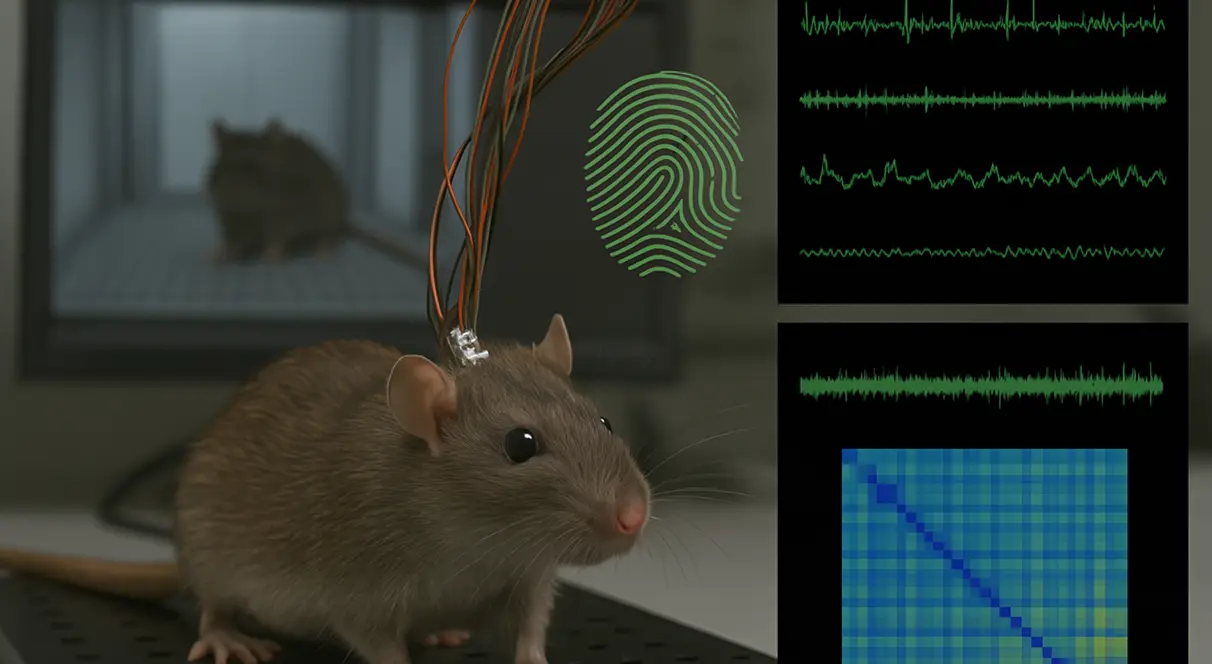

Spontaneous alternation behavior is a widely studied phenomenon in the field of behavioral neuroscience, particularly in the context of Y mazes and T mazes. This natural tendency of animals to explore new environments by choosing a different path at each decision point provides valuable insights into cognitive processes such as working memory, spatial learning, and executive function.
When studying spatial memory using spontaneous alternation behavior, the arms of Y mazes and T mazes do not contain any rewards. Mice are placed in the maze and allowed to explore freely, while their choices are carefully recorded. This method takes advantage of the mice’s natural curiosity, offering a simple and unbiased way to measure their cognitive abilities (1).
The T maze and Y maze are fundamental tools in behavioral neuroscience used to assess cognitive functions such as learning, memory, and decision-making in rodents. These mazes use animals’ natural curiosity to help us understand their thinking and behavior.
T Maze:
The T maze consists of a simple T-shaped structure with a start arm and two goal arms. Typically, a rodent is placed at the base of the T and allowed to explore. Researchers observe the animal’s choices, particularly noting patterns of alternation and the time taken to make decisions. The T maze is often used to study spatial learning and working memory, as animals must remember which arm they previously visited to maximize their exploration efficiency (2).

Y Maze:
The Y maze features three arms arranged in a Y shape, with each arm spaced 120 degrees apart. Like the T maze, rodents are placed at the center and allowed to explore the arms freely. The spontaneous alternation task in the Y maze measures the tendency of the animal to enter a less recently visited arm, which reflects its spatial memory and exploratory behavior. This maze is particularly useful for assessing the effects of various treatments or genetic modifications on cognitive function (3).

Both the T maze and Y maze provide valuable, non-invasive methods for studying the neural and molecular mechanisms underlying cognition in rodents.
Figure: The T-maze (left) and Y-maze (right) are both essential tools for studying spatial memory, utilizing the innate curiosity of mice to explore new areas. In the T-maze, guillotine doors are used to manage the mice’s movements. Conversely, in the Y-maze, a dotted circle indicates the central area to which the mice must return before making each new choice, highlighting a key procedural difference between the two mazes.
As already mentioned, in a Y maze, an animal is placed at the center of a three-arm maze, while in a T maze, the animal starts at the base of a T-shaped structure. Both mazes rely on the animal’s inherent drive to explore, allowing researchers to measure the frequency of alterations—switching between different arms or paths—without external reinforcement.
T Maze
A typical T-maze experiment begins by placing a mouse in a starting box at the base of the “T”. The mouse is allowed to freely choose one of the two arms. Once a choice is made (trial #1), the mouse is confined to the selected arm.
After a predetermined intra-trial interval, the mouse is removed from the arm and placed back in the starting box. Following a set inter-trial interval, the mouse is again permitted to choose one of the two arms. If the mouse selects the alternate arm (trial #2), it is recorded as spontaneous alternation behavior (SAB). This two-trial procedure is repeated several times, with SAB frequency typically declining over trials (2).
This controlled setup allows for manipulation of various variables to observe their effects on memory. For instance, altering the intra-trial interval can influence memory encoding, while changing the inter-trial interval can impact spatial memory retention. Additionally, the initial choice in trial #1 can be forced by closing one of the doors from the start, which generally results in stronger SAB in trial #2. However, constant handling between trials can be stressful for mice and may lead to fear of the arm from which they are removed, potentially affecting the results.
Y Maze
Mice are placed at the center of the “Y” maze and given a set period, typically 8 minutes, to freely explore all three arms. While calculating the SAB score is slightly more complex, it remains straightforward. Each choice made by the mice is recorded, and the SAB score is determined by dividing the number of sequences that include one instance of each arm by the total number of opportunities for alternation. This continuous SAB approach minimizes handling and stress for the mice, though it limits the ability to manipulate variables that could affect memory performance (4).
Often, these tests are used to compare the behavior of KnockOut mice to that of normal mice, or to evaluate the effectiveness of drugs in enhancing spatial memory. However, when interpreting the results, it is essential to consider all factors that influence behavior beyond memory. For example, if an experimental manipulation causes animals to lose their preference for novelty, a resulting low SAB score should not be mistakenly viewed as a spatial memory deficit.
Understanding spontaneous alternation in Y mazes and T mazes not only enhances our comprehension of basic animal behavior but also aids in the development of therapeutic strategies for cognitive impairments. By examining how different factors influence alternation rates, researchers can gain valuable insights into the functioning of the hippocampus, prefrontal cortex, and other brain regions involved in memory and learning. This knowledge is crucial for advancing the understanding of cognitive processes and for developing interventions to address cognitive deficits.











Dr Louise Corscadden acts as Conduct Science’s Director of Science and Development and Academic Technology Transfer. Her background is in genetics, microbiology, neuroscience, and climate chemistry.
